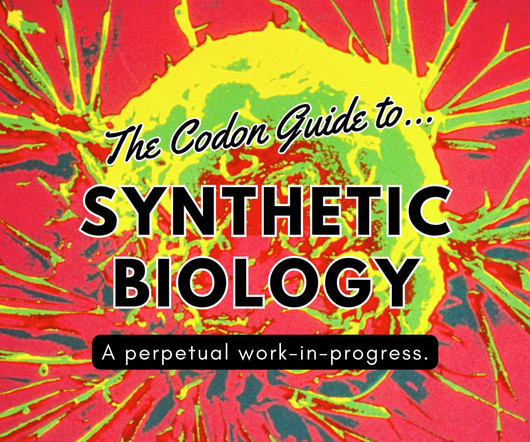The Codon Guide to Synthetic Biology
Codon
AUGUST 10, 2023
Technologies DNA Sequencing →DNA sequencing at 40: past, present and future , by Shendure J. Link DNA Cost and Productivity Data, aka "Carlson Curves" , by Carlson R. Link Next-Generation DNA Sequencing Methods , by Mardis E.R. Link DNA synthesis technologies to close the gene writing gap , by Hoose et al.









Let's personalize your content